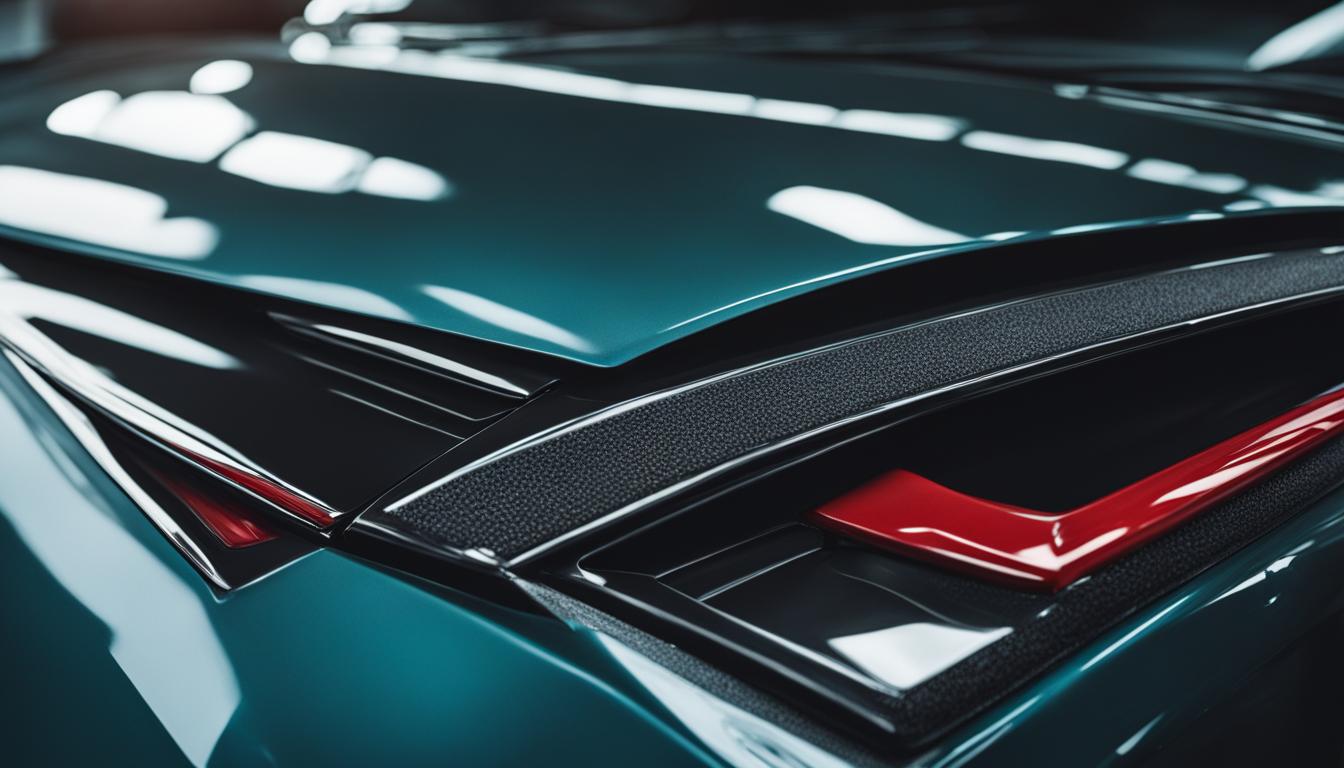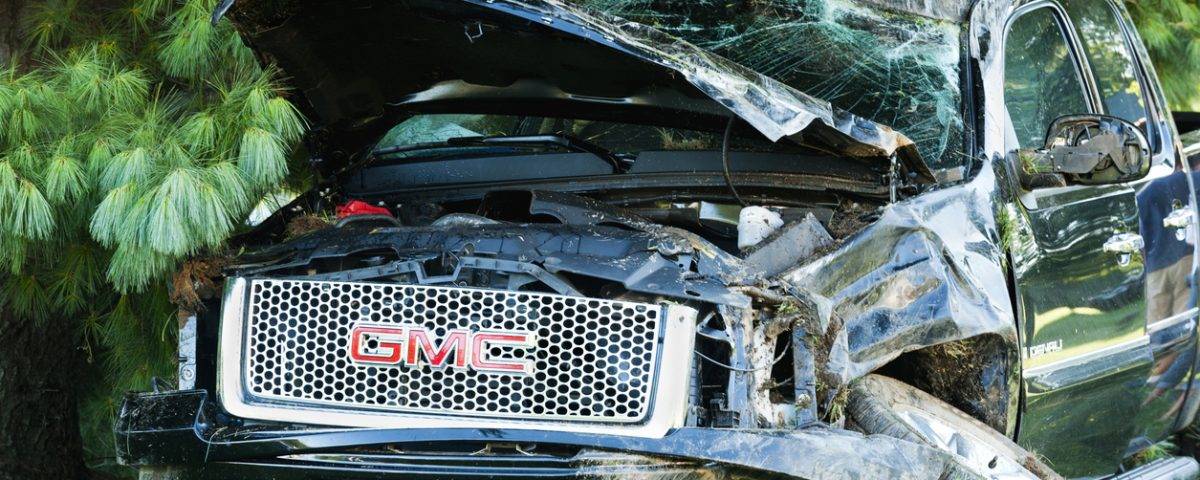
Tips for Driving in the Rain

Lasting Beauty: The Durability of Paint in Auto Repairs
While aluminum and steel are both strong and durable, aluminum can be more fragile and requires special tools and techniques for repair. Steel, on the other hand, has “metal memories” which allows it to return to its original form when heated or applied force. An aluminum dent, however, cannot be returned back to its original form and may need to have it removed with specialized tools. Aluminum can also be stretched or shrunk if it is not handled by an experienced technician.
Tools
You will need to have the right tools and methods to properly repair an aluminum auto panel. For example, a proper aluminum riveting tool is essential to a proper repair. A sub-standard riveting tool can cause serious damage to aluminum car body panels.
Techniques
Aluminum is often used in modern vehicles to increase fuel efficiency and reduce emissions. Aluminum is second in automobile body structures after steel. Aluminum body panels present safety risks to auto collision repair technicians. Aluminum has unique properties that require special attention, in addition to safety concerns.
Equipment
The use of aluminum in vehicle bodies is a growing trend, and collision repair professionals must have specialized welding equipment and knowledge to repair damaged aluminum body panels. Staff members without the right equipment and training can cause serious damage to the vehicle.
Costs
Prices for aluminum repair in auto collision repairs vary from shop to shop. Some may charge more than they should for aluminum repair. However, if a shop has a qualified technician and has experience working with aluminum, the cost should be comparable to steel repairs.
Corrosion resistance
One of the most important features of an aluminum vehicle body is its corrosion resistance. In fact, aluminum corrodes much less quickly than steel, which is why many automakers are switching to aluminum. The Aluminum Transportation Group released a technical brief on corrosion resistance that details three types of cosmetic corrosion and best practices to prevent them.
Weight
Aluminum is becoming more popular in auto collision repair. Aluminum is actually replacing steel in some car parts. It is used in around 22.3 percent of hoods and will account for 48 percent of hoods by 2025. It is also being used for side doors and trunk doors, and it is expected that by 2025, more than 80 percent of these parts will be made of aluminum.



